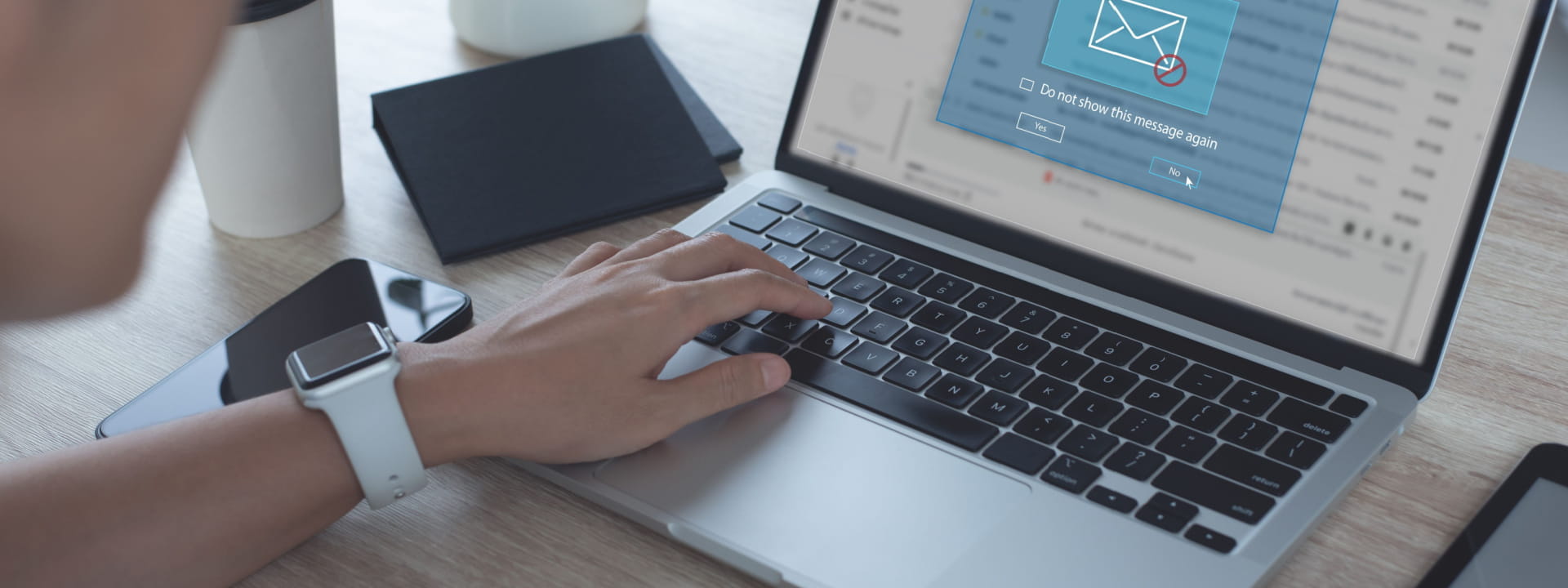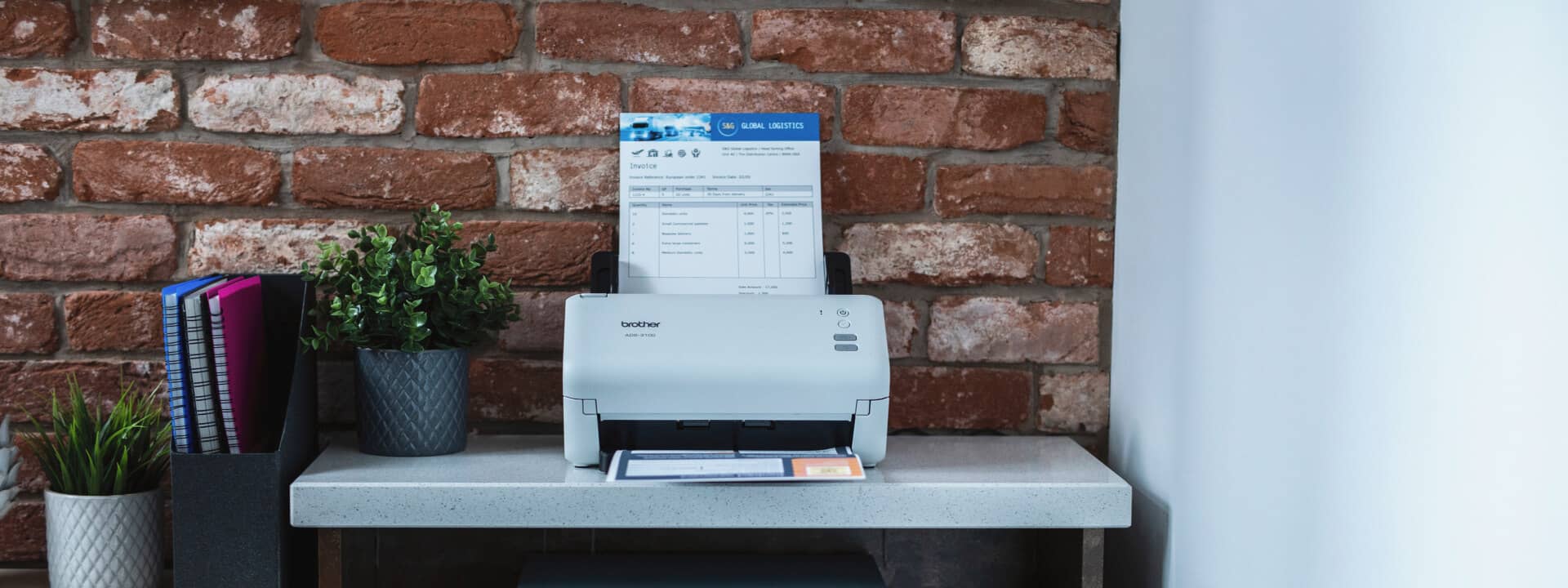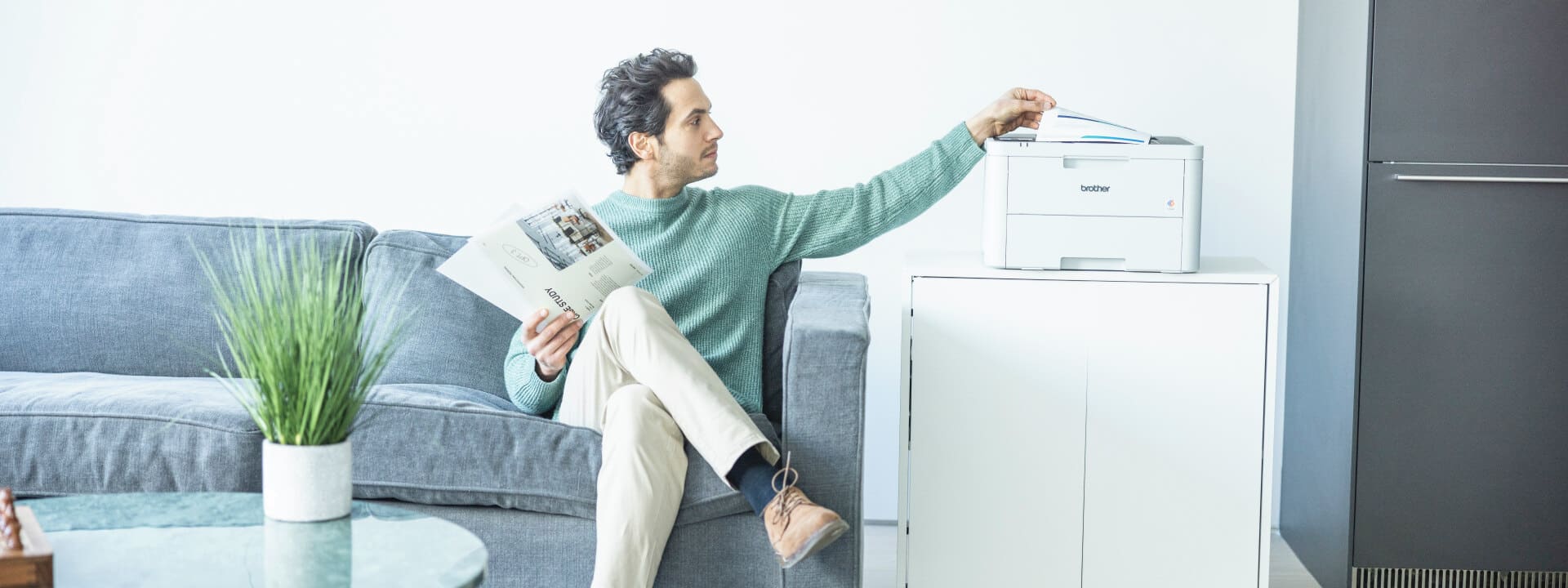
Working from home has become a regular part of the work–life equation for millions of employees globally, with Australia being no exception.
Despite a gradual return to the office, it’s not surprising to see that over two-thirds of working Australians prefer to work from home, as influenced by reduced commute times, greater flexibility, and costs saved*.
However, what has become increasingly clear is that remote work can also have negative impacts, both physically and mentally. These impacts can often be classified as symptoms of working from home fatigue (WFH fatigue).
Thankfully, there are strategies that both employees and employers can introduce to overcome this challenging work environment.
What is WFH fatigue?
Simply put, working from home fatigue is when virtual employees feel unmotivated, disconnected, and dissatisfied with their work environment. Often a sign of burnout, WFH fatigue has become increasingly common thanks to an explosion in the number of Aussies working from home (rising from just 24% pre-pandemic to 41%).
Impacts of WFH fatigue
Despite the benefits of remote work, new research has revealed that the negatives may outweigh the positives. Some of these negative impacts include:
- The blurring of boundaries between work and life
- Negative physical impacts such as weight gain due to a reduction in incidental exercise and musculoskeletal pain from factors such as improper ergonomics
- A reduction in productivity due to negative mental wellbeing
- A sense of loneliness and disconnection from co-workers
This is backed by Brother’s research* which found the top five issues facing Aussies working from home are:
- Having less separation between work and life (30%)
- Procrastinating or having too many distractions (23%)
- Having to juggle family responsibilities (22%)
- Missing co-workers and the social aspects of work (21%)
- And not having all of the necessary equipment (20%)*
7 easy ways to overcome WFH fatigue
Fortunately, there are some simple solutions that you can introduce to reduce the impacts of WFH fatigue, as outlined below.
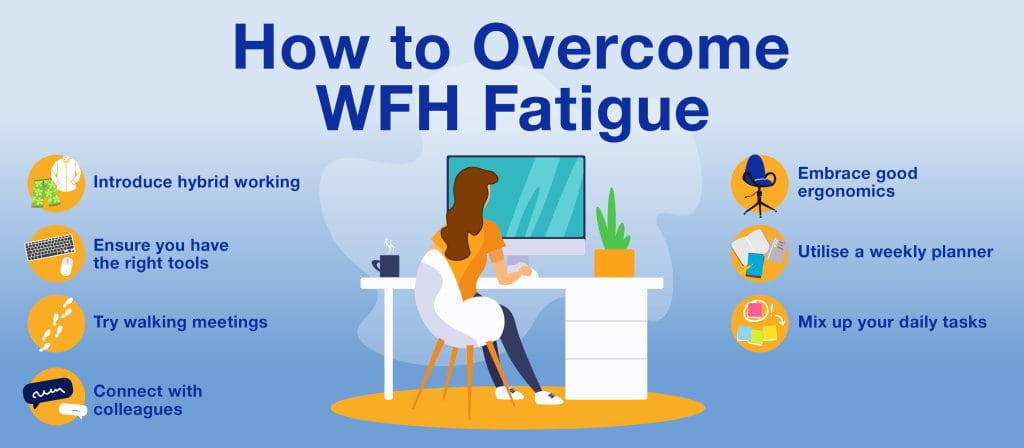
1. Introduce hybrid working
As offices reopen, hybrid working policies are becoming increasingly popular, providing the best of both worlds of traditional and remote work. A hybrid approach can either provide a set structure for days in the office (e.g., in the office Monday-Wednesday with two days at home) or a flexible policy (minimum of three days in the office, with employee’s choice on days). This provides the flexibility of working from home when required, while still providing ample time to engage with co-workers, etc.
2. Ensure you have the right tools
Working hybrid can typically increase your cognitive load (the amount of brainpower required to complete tasks). Thankfully, tools such as a proper pair of soundproof headphones can assist in cutting out background noise and increasing focus, especially at home. A printer such as those from Brother’s INKvestment range can also assist, allowing users to print off their work and review a physical copy, breaking up screen time.
- For more advice on the correct tools for working from home, see our guide HERE.
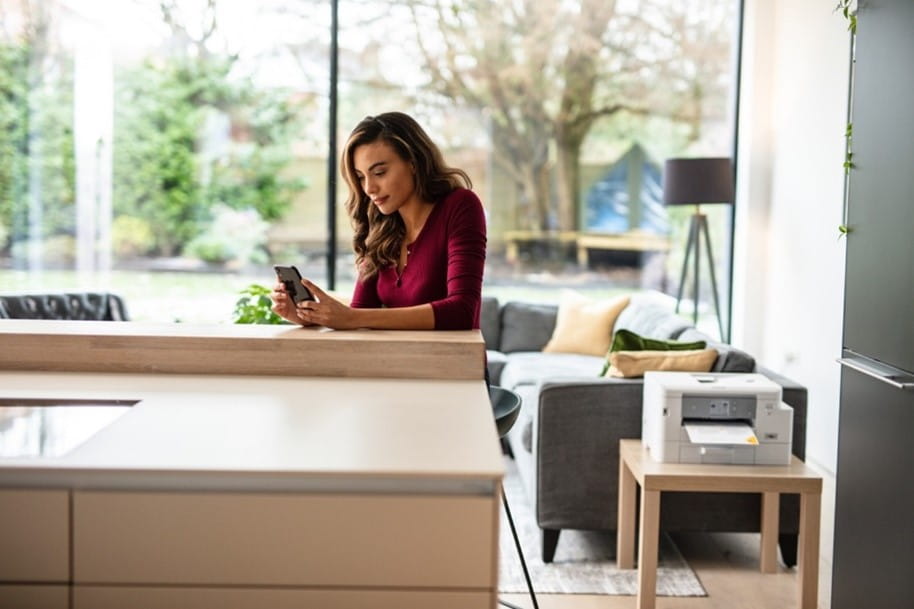
3. Try walking meetings or no-meeting zones
Where possible, see which of your meetings can be conducted as a walking meeting to boost incidental exercise. Strict no-meeting zone policies (say, between 1pm and 2pm for lunch) also empower employees to leave their desks and take a break.
4. Connect with colleagues
Take the time to socialise with your colleagues over Zoom or Microsoft Teams. Chat, collaborate and share casual conversations with your co-workers, which may even include an online coffee break or organising a time outside of work hours to catch up in real life.
5. Embrace good ergonomics
Review your home office setup and make sure your desk and chair are tailored to you. Consider a standing desk, make sure your desk is at the correct height, and follow our seven tips for an ergonomic desk setup.
6. Utilise a weekly planner
A good weekly planner can’t be underestimated. They are an extremely useful tool to streamline tasks, keep your productivity in check and determine what days you should consider being in the office.
- For a great planner template, click HERE.
7. Mix up your daily tasks
Feeling burnt out can result from undertaking repetitive tasks, which is why it’s helpful to mix up your daily schedule. Set times where you’ll work on a specific project that stimulates your mind or genuinely piques your interest.
Remember, WFH fatigue is something that’s easily neglected, but taking time to get it right will make a big difference to the enjoyment – and productiveness – of your work and life.
*Research conducted in May 2022 by Pureprofile on behalf of Brother International Australia, on a sample of over 1,000 working Australians.


